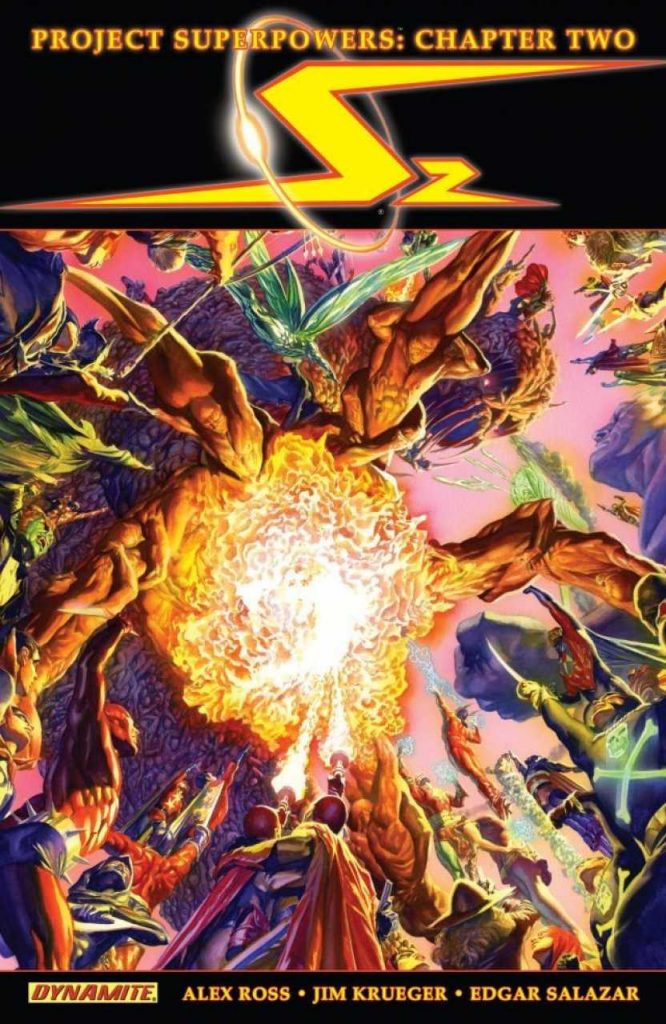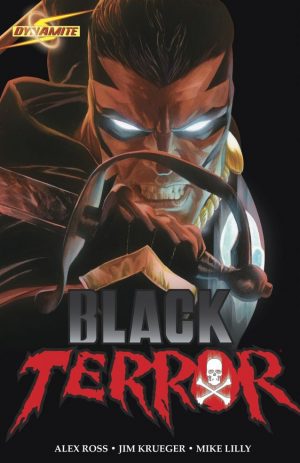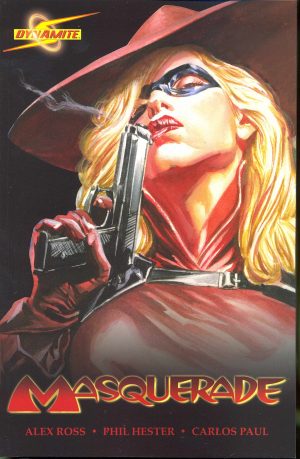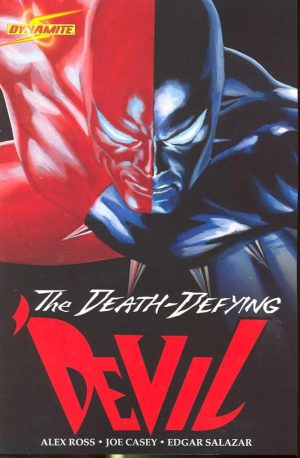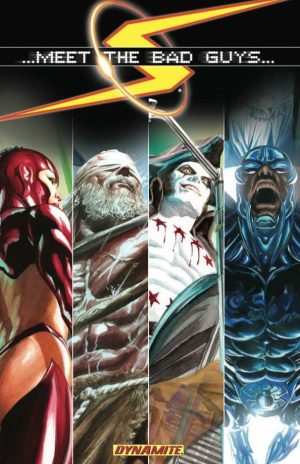Review by Frank Plowright
By this midway point of what Alex Ross and Jim Krueger call Chapter Two of Project Superpowers, the world is in crisis and, broadly speaking, there are two groups of superheroes. Most have spent decades trapped in Pandora’s urn, an experience that changed many of them. Audience sympathies are with the group led by the Green Lama who’ve deposed an American administration covertly allied to a group called the Supremacy who would control the world. The other group of superheroes are based in the kingdom of Swisslakia, and are being manipulated to see the first group as enemies.
Much remains to be revealed about the restored superheroes, and Ross and Krueger set about that almost immediately. They’ve pulled the wool over people’s eyes well to reach this point, and some elements that haven’t made sense do connect with revelations about what the superheroes have become. Chapter one set Zeus loose on the world, a mad god unwilling to contain his cravings and with the power to see off pretty well any collection of heroes.
Working from Ross’ layouts, Edgar Salazar has a difficult job. Because of those layouts it’s not difficult to imagine how scenes would look in the super-naturalistic style Ross uses, and Salazar’s versions don’t quite have the epic quality the story demands. He’s good, very good in places, but he’s saddled with a saggy middle section and can’t make it interesting enough.
The saggy middle section is Zeus taking on the collected heroes. Ross and Krueger need to time to set up other elements of the plot, so keep returning to what’s basically the same scene, and it affects the balance of the entire story. Another menace emerging near the end is dealt with all too rapidly in comparison, and doesn’t have the same gravitas despite being something that ought to have a greater emotional resonance. By the end of the book most of the menaces identified by the Green Lama in the previous volume still exist in some form or other, awaiting a sequel that never arrived. Krueger’s scripting never entirely convinces either. With so many characters in play he has difficulty distinguishing them, and so few have an individual voice, and when he moves onto matters of philosophy and theology in his narrative captions they lack substance. Ideas about the value and cost of personal freedom are essential to the creators’ vision, but they’re forced and clumsy rather than resonating as they should.
As was the case for the previous volume, Doug Klauba illustrates spreads presenting the origins and backgrounds of assorted heroes. There’s nowhere near enough room to cover the entire cast, but these are well done, adding a gravitas and credibility to some characters whose original conception was ridiculous.
The heroes introduced over the series are also seen in individual graphic novels that tie-in (see recommendations), with Black Terror being the most successful over three volumes. This content is also available with the previous two graphic novels as the first Project Superpowers Omnibus.
